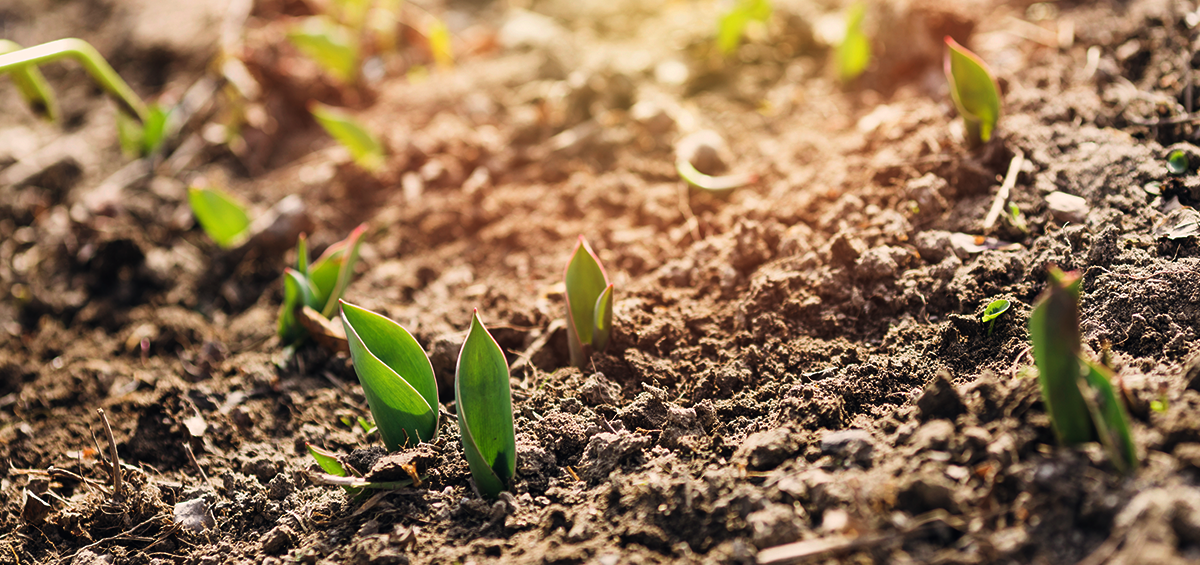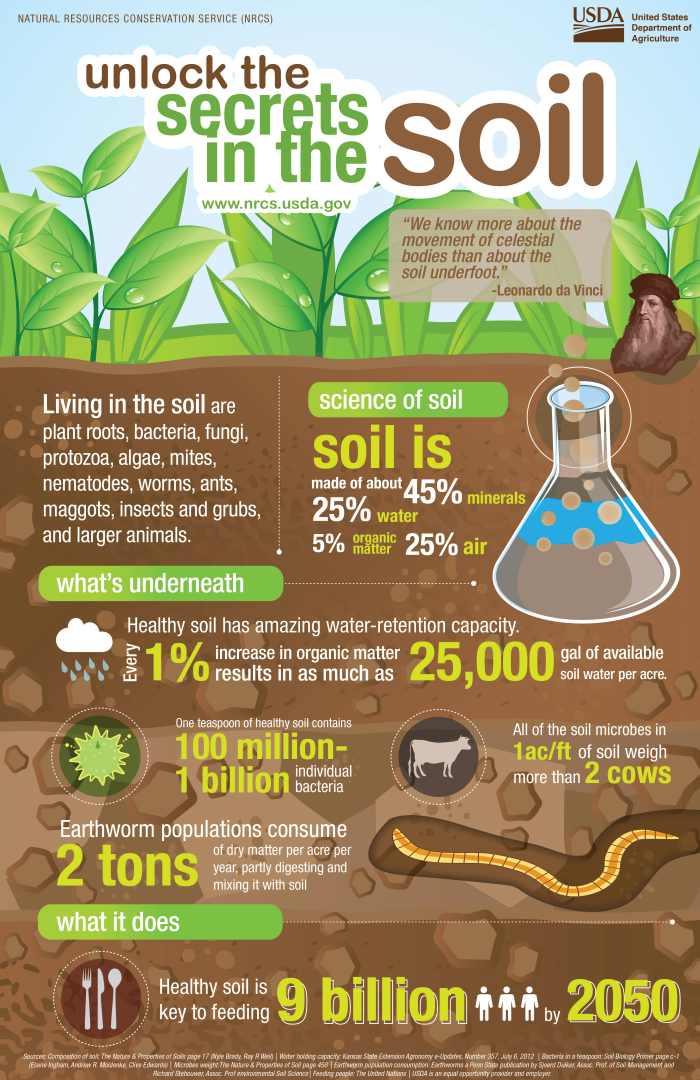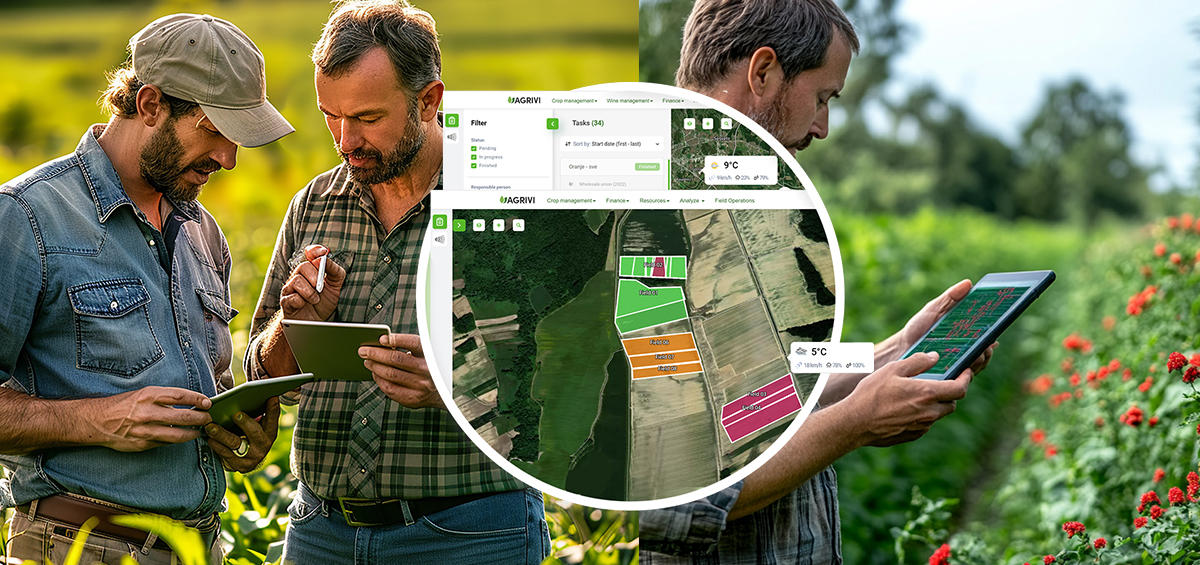As world population and food production demands rise, keeping soil healthy and productive is of paramount importance. Options are limited for bringing in new land suitable for high crop yield. It takes Mother Nature 100 – 500 years to form 1 inch of topsoil. Satisfying the growing global appetite will require farmers to continue to fine-tune soil management measures that enhance farm productivity. They will also need to apply the best production practices to ensure the long-term sustainability and health of every amble acre.
Soil health also referred to as soil quality, is defined as the continued capacity of soil to function as a vital living ecosystem that sustains plants, animals, and humans. Soil contains living organisms that when provided the basic necessities of life – food, shelter, and water – perform functions required to produce food and fiber.
Only “living” things can have health, so viewing soil as a living ecosystem reflects a fundamental shift in the way we care for soils. Soil isn’t an inert growing medium, but rather is teaming with billions of bacteria, fungi, and other microbes that are the foundation of an elegant symbiotic ecosystem. It can be managed to provide nutrients for plant growth, absorb and hold rainwater for use during dryer periods, filter and buffer potential pollutants from leaving our fields, serve as a firm foundation for agricultural activities, and provide habitat for soil microbes to flourish and diversify to keep the ecosystem running smoothly.
What soil does?
- Regulating water – Soil helps control where rain, snowmelt, and irrigation water goes. Water and dissolved solutes flow over the land or into and through the soil.
- Sustaining plant and animal life – The diversity and productivity of living things depend on soil.
- Filtering and buffering potential pollutants – The minerals and microbes in the soil are responsible for filtering, buffering, degrading, immobilizing, and detoxifying organic and inorganic materials, including industrial and municipal by-products and atmospheric deposits.
- Cycling nutrients – Carbon, nitrogen, phosphorus, and many other nutrients are stored, transformed, and cycled in the soil.
- Physical stability and support – Soil structure provides a medium for plant roots. Soils also provide support for human structures and protection for archaeological treasures.
Inherent and dynamic properties of soil
Dynamic soil quality is how soil changes depending on how it is managed. Management choices affect the amount of soil organic matter, soil structure, soil depth and water and nutrient holding capacity. One goal of soil health research is to learn how to manage soil in a way that improves soil function. Soils respond differently to management depending on the inherent properties of the soil and the surrounding landscape.
Soil works for you if you work for the soil by using management practices that improve soil health and increase productivity and profitability immediately and into the future. A fully functioning soil produces the maximum amount of products at the least cost. Maximizing soil health is essential to maximizing profitability. Soil is a living and life-giving natural resource and will not work for you if you abuse it.





